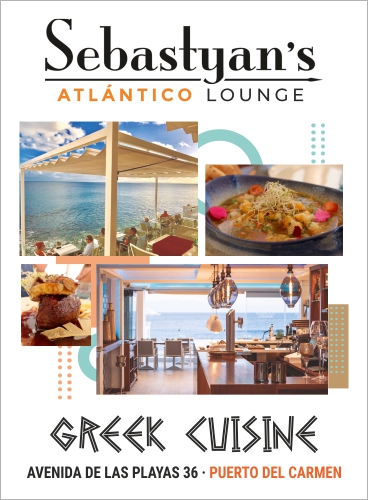Flaky, buttery, crispy croissants taste scrummy with sweet & savoury fillings and there’s no end of ways of serving them…
Croissants were first created by Viennese bakers in the 17th century. Since then, they have become the world’s most beloved pastry, to the extent that they have earned their own special day – International Croissant Day, celebrated on 30th January every year!
The allure of the croissant lies in its symphony of textures and flavours. The buttery richness, golden colour, delicate flakiness, softness and chewiness make it an irresistible treat. Its iconic curved shape is perfect for a myriad of sweet and savoury fillings, and it can be served either hot or cold and even stored in the freezer.
The original croissant recipe has undergone numerous creative reinterpretations over the centuries. From the classic butter pastry, bakers now explore variations using margarine, sourdough, flax, sesame, and wholemeal flour, catering to diverse dietary preferences. They have even shrunk into miniature versions, popular at cocktail parties and catering events.
Fillings have also moved on from plain ham and/or cheese to omelette, chistorra sausage, frankfurters, vegetables etc. and a whole host of cheeses, including cream cheese, brie, mozzarella, camembert, blue cheese, Roquefort or Cabrales. Other ingredients such as Greek yoghurt, pâtés, smoked meats, anchovies, fruits, like green apple or pineapple, and herbs, like rocket or basil are also used, not forgetting cooked fillings such as bacon, eggs, aubergines, meat, fish, and caramelised onions as well as tomato, red pepper or fig jams, various sauces, spices and, for added texture, crunchy nuts and dried fruit.
It is not just the pastry and fillings that have evolved with the times; supermarkets now stock a cross between a croissant and bread, dubbed ‘croissipan’ and even a doughnut-shaped croissant called a ‘cronut’. Also, rolling croissant dough over on itself and baking it in a muffin tin yields the aptly named ‘cruffin’. And in a sophisticated Spanish twist, the ‘torrisant’ emerges as a hybrid of the croissant and typical eggy-fried delicacy, the torrija.
The traditional crescent shape also gets a makeover Stateside, where New York Rolls, made with a slightly denser dough, take on a circular form and are filled with a variety of pastry cream flavours, dipped in icing or chocolate ganache and topped with nuts. Closer to home, the new Japanese fusion bakery in Madrid, Umikobake, has introduced the ‘crube’ – a cube-shaped croissant.
The way croissants have evolved in recent years is a testament to their versatility and enduring appeal. They provide a culinary canvas that invites endless creativity.




